In this article about finding wood for your DIY projects, I will talk about different sources of wood and some of the pros and cons that come with those sources. This is a question I often get asked, and, in my project tutorials, I make it a point to tell readers where I get my wood.
It really comes down to the type of project you’re making and what you are going for. If you decide to use more common woods, then you’ll find there are a lot more sources. You’ll even discover places you can get wood for free. I use a lot of hardwood, so I like to shop at specialty woodworking stores. But it comes with a price.
With many of the choices below, always be thinking about cut-offs. What are cut-offs? These are usually the leftover pieces of wood when the finished lumber has been cut to a specified dimension. This can be great if you’re making smaller projects.
Home Improvement Stores.
These are typically going to be Lowes and Home Depot or something that goes by another brand name. They have good lumber choices for general carpentry projects around the home. I have used their poplar wood for many of my projects.
Pros: These stores are plentiful and the wood is reasonably priced. Lots of different sizes are available. You can also get treated wood for outdoor projects. The wood is normally seasoned, but you may still experience some shrinkage or warping.
Cons: The types of wood are usually limited. You can typically find woods like pine, poplar, red cedar, and red oak.
Specialty Woodworking Stores.
Fortunately, here in Atlanta, I have about 6 specialty woodworking stores (that I know about) to choose from. Some are national brand-name stores like Woodcraft or Rockler. They’re usually found in major cities, so you may have to drive to visit one. Here in Georgia, we only have 2 Woodcraft stores in the whole state.
Pros: Wide selection of wood. Normally, they have a great selection of hardwoods and exotic woods. The wood is usually well-seasoned and is a high grade. The store personnel actually know a lot about the woods and they know woodworking.
Cons: The price of wood can be steep. And fewer stores, might mean a road trip. But, hey, road trips can be fun.
Sawmills or Lumber Yards.
If you know someone who works at these locations, then you might be in luck. I haven’t had much experience with these, but I was given some walnut one time, by someone who knew someone that owned a small saw mill. Probably the best way to go about finding these locations is either an internet search or talk to local woodworking clubs or your nearest woodworking speciality store.
Pros: You can sometimes find lumber here that is priced below retail stores, provided they sell to individuals. If you’re doing small projects like spoons, you might get a great deal on their cut-offs.
Cons: This might mean working with green wood (although some sawmills may air-dry or kiln-dry some of their wood). Green wood is easy to work, but you’ll have to consider if it’s a fit for your project. Then you’ll have to think about drying. It could take months for some woods to season. If you build your project with green wood, you always take the chance of the wood changing shape or warping a bit. That’s not always a bad thing, and it can sometimes offer an artistic value. Some sawmills or lumber yards may not sell to individuals or they may require a minimum order quantity.
Cabinet or Furniture Shops.
Again, it comes down to someone you know. But you could probably approach a shop in your area and build up a relationship. This might mean that you get access to only the cut-offs. But that might be okay if you build small crafts. It works great for my pen turning projects.
Pros: If you build the right relationships, it could mean a lifetime supply of wood for your DIY projects.
Cons: You may not have these in your area. You may only be limited to cut-offs and have a smaller selection of woods to choose from.
Found or Reclaimed Wood.
This is wood that had an original purpose and is now being cast aside, recycled, or resold. Let’s look at some examples.
Wood Pallets: You know, those things that companies like to transport their products on. Pallet wood is great if you want a rustic look for your project, because the wood’s color has normally faded to a dull gray. They’re plentiful, and you can often get them for free. But you will have to disassemble them and also consider what’s been on them. I wouldn’t want to use pallets that transported chemicals or hazardous materials.
Used Furniture: Visit yard sales or flea markets. Look on Craig’s List or Ebay. How about estate sales. You might find some great sources of hardwoods in these places. Like the wood pallets, there might be some disassembly required. Look in your phone book or online, because you might even find specialty lumber stores that deal with reclaimed wood. I have one of these just down the road.
Pros: These wood sources are normally very cheap or even free. It’s a somewhat plentiful source. If you come across some wood with a particular history, that can add some selling points to your craft or make for an interesting story.
Cons: You may have to do more homework to locate these sources. It gets trickier if you’re looking for a particular species of wood. And you may have to disassemble and examine for old nails or hardware. You don’t want to saw into that metal. And you can’t always tell what the wood has been exposed to in its former life.
Fresh Cut Trees.
If you like green wood, be on the lookout for highway widening projects or new buildings going up. If you can talk to the owner or developer, they may not mine giving you some wood for free. Do you know someone in the tree trimming business? Ask them to be on the lookout. Sometimes you might be riding down the road and find a homeowner trying to get rid of “firewood” for free. There are many opportunities to be had.
If you go this route, you’ll also need to learn a little about tree identification. That normally means looking at the bark and the leaves. Here is a great book resource that I use to identify tree species: Audubon Society Field Guide to North American Trees: Eastern Region
If you want to learn more about wood and the properties of different woods, you might want to check out these books:
The Real Wood Bible: The Complete Illustrated Guide to Choosing and Using 100 Decorative Woods
The Essential Wood Book: The Woodworker’s Guide to Choosing and Using Lumber
Pros: Normally can get the lumber for free. You just have to look, but there’s always land being cleared somewhere in your vicinity. What kind of trees are on that land?
Cons: You’ll need to work with green wood, but that might be in your pros column. You will need to get permission from owners or developers to get the wood. Don’t assume anything. You might have to do some cutting yourself to get the select pieces you want. Do you have a chain saw? And do you know how to safely use it?
Other Woodworkers.
I can’t leave out this important source. There are many advantages to being a part of the woodworking community; finding wood is one of them. So you might discover some excellent deals at your local woodworking club or even online forums. I’m part of a couple of pen-maker forums, and I constantly see great deals there for wood. You may even build some long-term relationships with your fellow makers.
Pros: Great prices and lots of variety. You might even be able to trade wood or something else with your fellow woodworker.
Cons: Selection can sometimes be hit-or-miss. If you buy through an online forum, you’re buying something at your own risk. But hang out long enough on a forum, and you learn the people you can trust.
Buy Wood Online.
I saved this for last because it’s my least favorite option. But it is an option. And for some projects, I will occasionally use this approach. For example: pen blanks and bottle stopper blanks. I like to use exotic woods for my pens, and you just can’t find those at your local Home Depot. So, ordering online helps me cut down on traveling all the way to the north side of Atlanta.
Pros: You can shop around more and get a good price. If you’re looking for a particularly rare wood, this might the route you want to take.
Cons: You don’t know what you’re going to get. Every tree and therefore every board are not the same. This strengthens the argument for going to the store: You get to examine the wood in person. Does it have knots? How does the grain run? Is the board warped for crying out loud? Are the grain pattern and color interesting? How is it finished?
I hope you enjoyed this article on finding wood for your DIY projects. Please leave a comment if you have other ideas for locating good sources for wood.
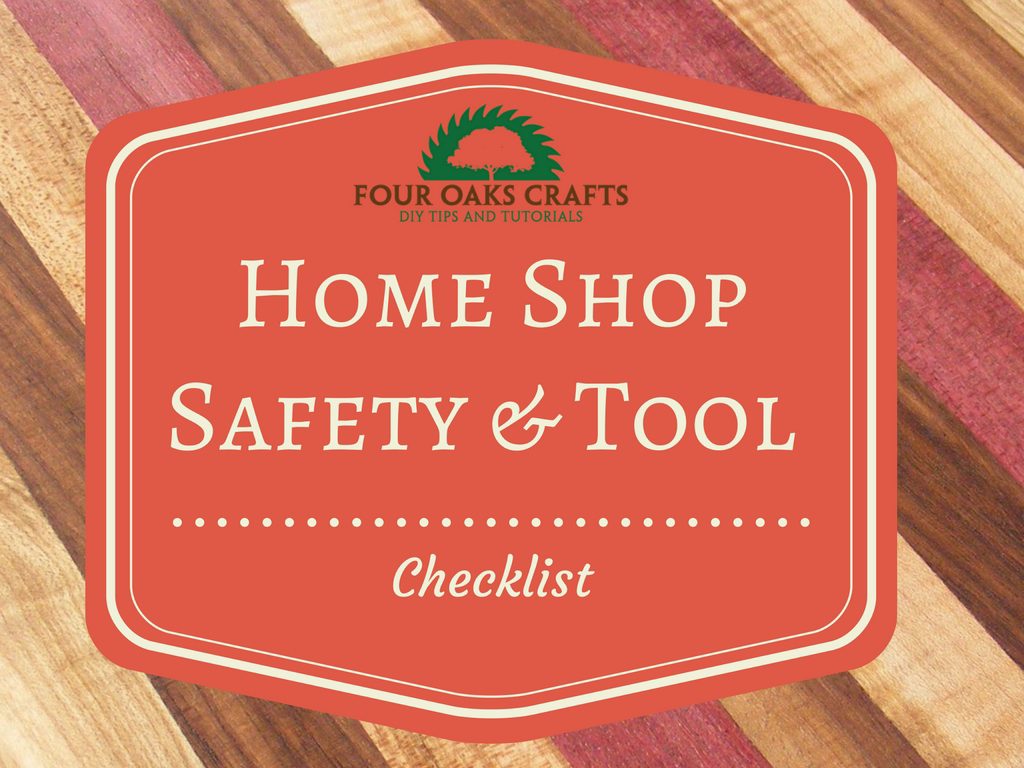
Are you starting up a new shop? Want to work safer in your shop? To help you answer these questions I've put together a 2-part checklist -- Home Shop Safety & Tool Checklist.
I will also send you updates of my latest woodworking and DIY projects. You can get all this by subscribing to my free email newsletter.
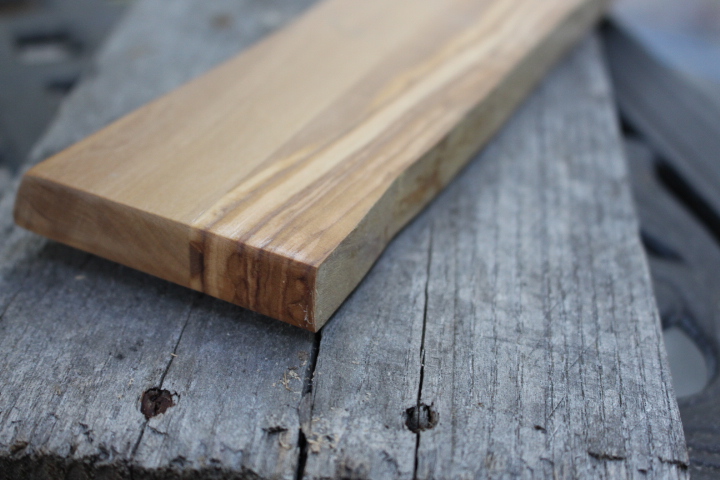
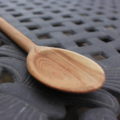
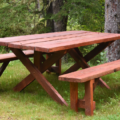
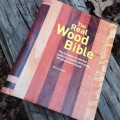



Thanks for pointing out that lumber yards will often sell below retail price. My husband and I want to try our hand at making a tree house for our kids. We’ll need to make sure that the wood we get is good because our kids are going to be playing on it. Your tips should help us find the right place for our lumber supplies.
I’m glad the article was helpful. I would highly recommend treated wood for a tree house, especially the boards that support the tree house to the tree. Good luck on your tree house project!